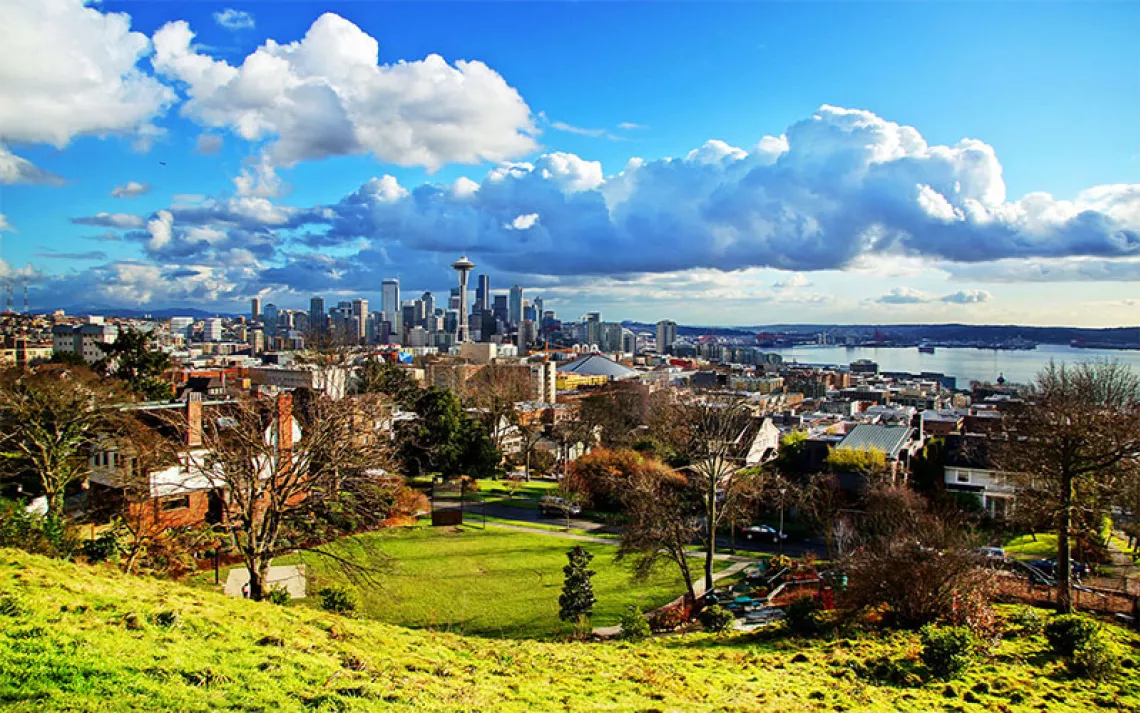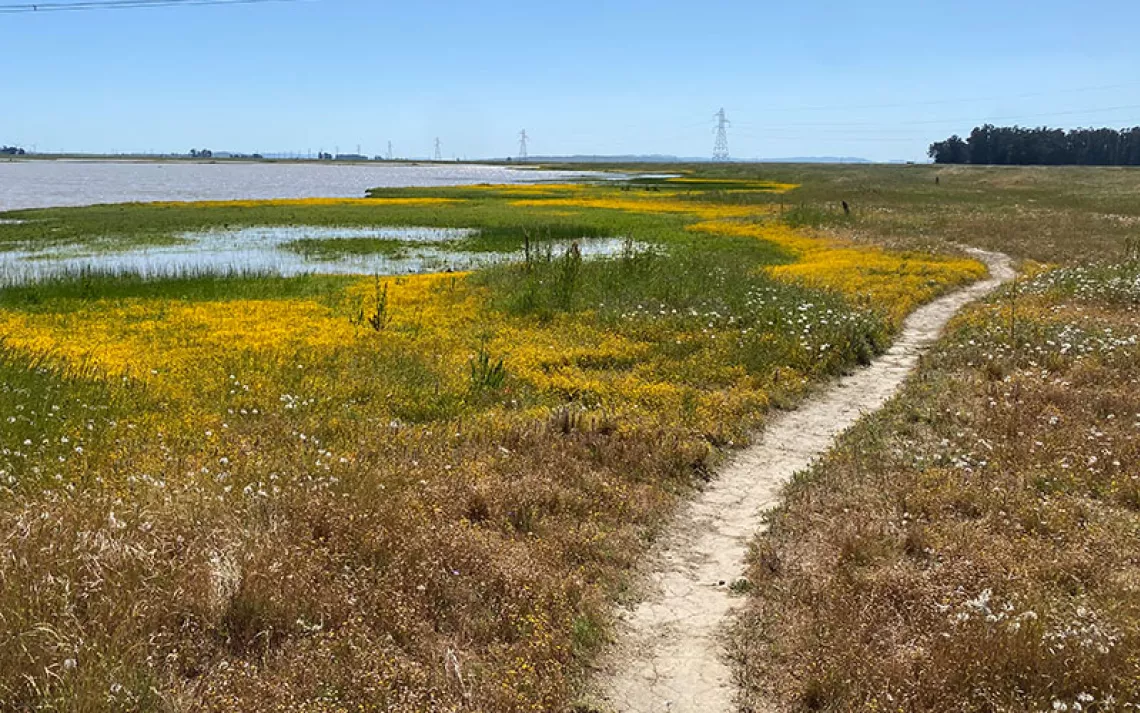Welcome to New York City’s Pigeon Hospital
This urban wildlife rehab center gets pigeons the health care they need

Photos by Thomas Hynes
Taxis aren’t the only thing crowding the streets of New York. More than a million pigeons are estimated to flock there, too. That’s an unofficial figure since nobody has ever really counted the ubiquitous birds, but it certainly feels right to anyone who has spent even five minutes in the Big Apple.
At best, the birds are ignored. At worst, they are hated, having been dubbed “rats with wings” by the city’s human inhabitants.
Luckily, pigeons have found an ally in the Wild Bird Fund, New York City’s only wildlife rehab center. At the Upper West Side facility, staff members tend to thousands of injured pigeons a year, while simultaneously helping to repair the bird’s reputation.
From the outside, the Wild Bird Fund looks like a storefront, but instead of mannequins in the windows, live pigeons perch on branches. The inside is teeming with avian patients of all kinds—seagulls, ducks, geese, swans, and various songbirds. By and large, though, the majority of patients are pigeons.
“We treat around 130 pigeons at any given time,” says Rita McMahon, director and cofounder of the Wild Bird Fund. “Last year, we treated 4,775 animals, and just over half were pigeons.” That’s an average of six pigeon patients per day, all brought in by concerned New Yorkers.
“It’s amazing. The people who bring them in are from all walks of life and travel great distances to bring the birds here,” says McMahon. “They see that injured bird and they connect with it.”
Sure enough, only moments after McMahon mentions this, a man walks in gingerly holding a flapping Uniqlo bag containing an injured pigeon.

A hospital for pigeons may sound odd, but the public’s general disdain for the birds is odder, historically speaking.
Domesticated by humans 5,000 years ago, pigeons provided meat, fertilizer, and a method for long-distance communication that predates AT&T by several millennia.
Pigeons possess a unique ability to navigate coupled with an intense need to always return home. A pigeon released 500 miles from its roost—in a place it has never been before—will fly directly home at a rate of 60 miles per hour without stopping.
Humans as far back as the ancient Egyptians have taken advantage of this trait as a way to transmit information. The U.S. Army employed tens of thousands of pigeons during both world wars—the most notable “war pigeon,” Cher Amis, is credited with saving the lives of nearly 200 soldiers.
Industrial fertilizer, chicken farming, and the advent of modern communication gradually rendered pigeons obsolete, and from there it was just a short flight to becoming a nuisance, or a "rat with wings.”
According to McMahon, pigeons still have a useful role to play in society. For one thing, they contribute to the city’s local ecosystem, though certainly not in a way they enjoy. They are the primary source of food for the once-endangered peregrine falcons, who have returned to New York City in record numbers. These raptors hunt pigeons at speeds in excess of 200 miles per hour, often right outside office windows in Midtown.
And, pigeons may still have future contributions to make to humanity. “They come out higher in intelligence tests than any other birds,” McMahon says. “They can recognize the entire alphabet. They can even read mammograms.”
As an informal ambassador of the species, McMahon is quick to emphasize that contrary to common perception, pigeons are not a health hazard. She often reiterates that every major health department in the country states, “pigeons pose no health risks to humans.”
The pigeon’s maligned reputation seems particularly unfair in light of the fact that the dove is widely adored and considered a symbol of peace and purity. Biologically, the two birds are nearly indistinguishable or, as a friend once put it, “A dove is just a pigeon that went to private school.”
Most city pigeons are not wild but feral, having returned as a species to a natural state after a stint in domesticity. At some point pigeons escaped human clutches, or people stopped trying to keep the birds captive. Either way, the marriage dissolved.
For better or worse, the current feral pigeon situation is one that we created—pigeons didn’t migrate to all corners of the world but were brought there by people. Yet, despite this geographic ubiquity, no country claims pigeons as their native bird. Few legal protections are afforded to them either. Nevertheless, pigeons continue to thrive.
“They are adaptable,” says McMahon. “They look at a situation and try to figure it out. They adjust their behavior.”
Sure enough, the ledges on which city pigeons roost have replaced rocky cliff outcroppings. Instead of eating grass and seeds, feral pigeons have adapted their diet to include bagels and pizza crust. In other words, just like most other New Yorkers, pigeons are making it work. They may not be ideal representatives of nature or serve the vital roles they once did, but they can still be appreciated, even celebrated. New Yorkers need only adapt their way of thinking.
 The Magazine of The Sierra Club
The Magazine of The Sierra Club



